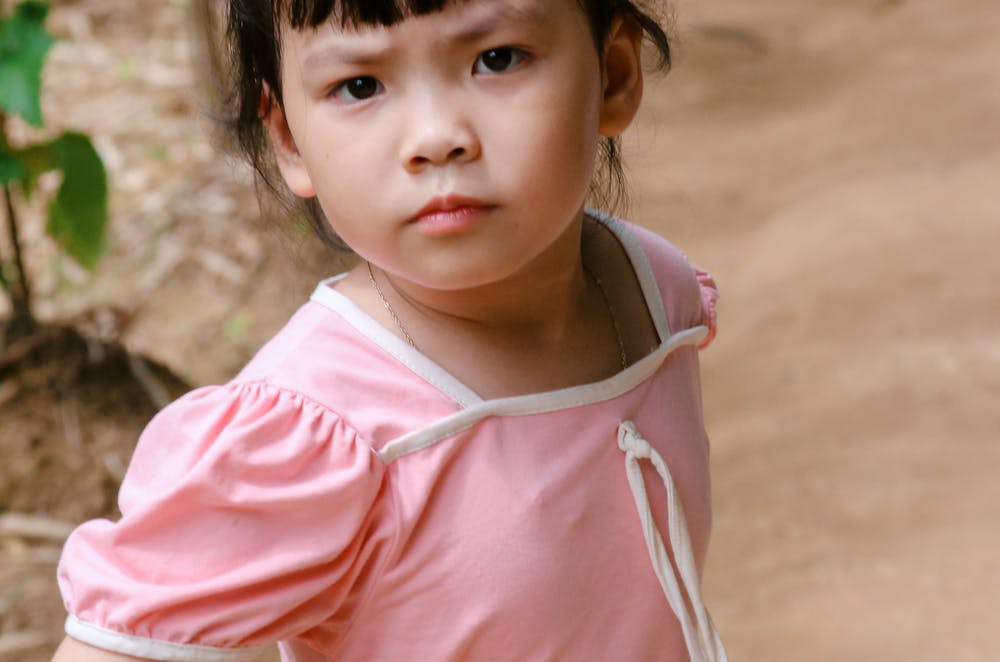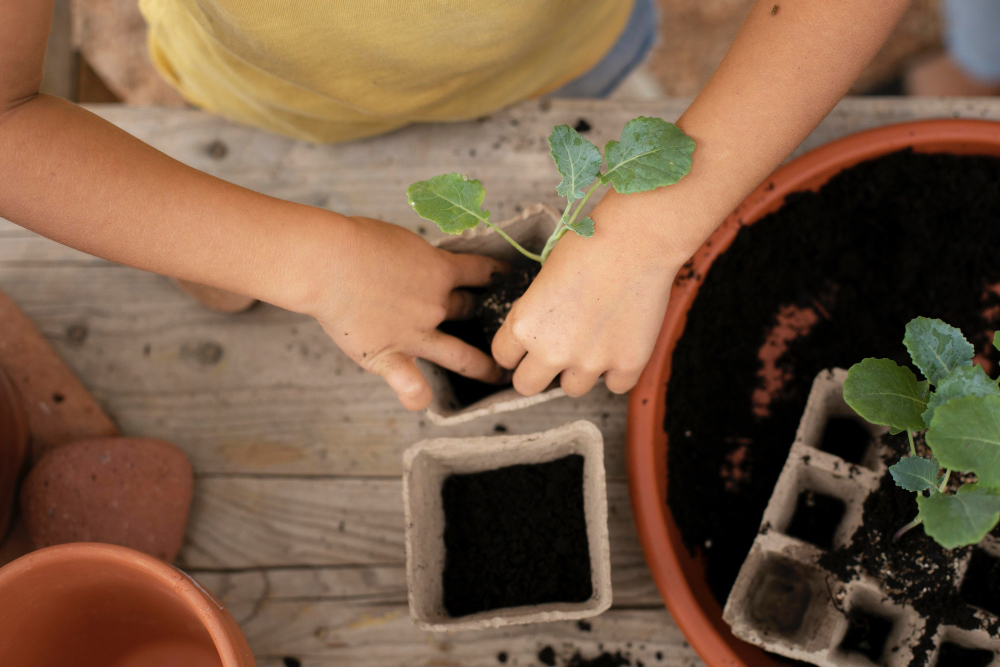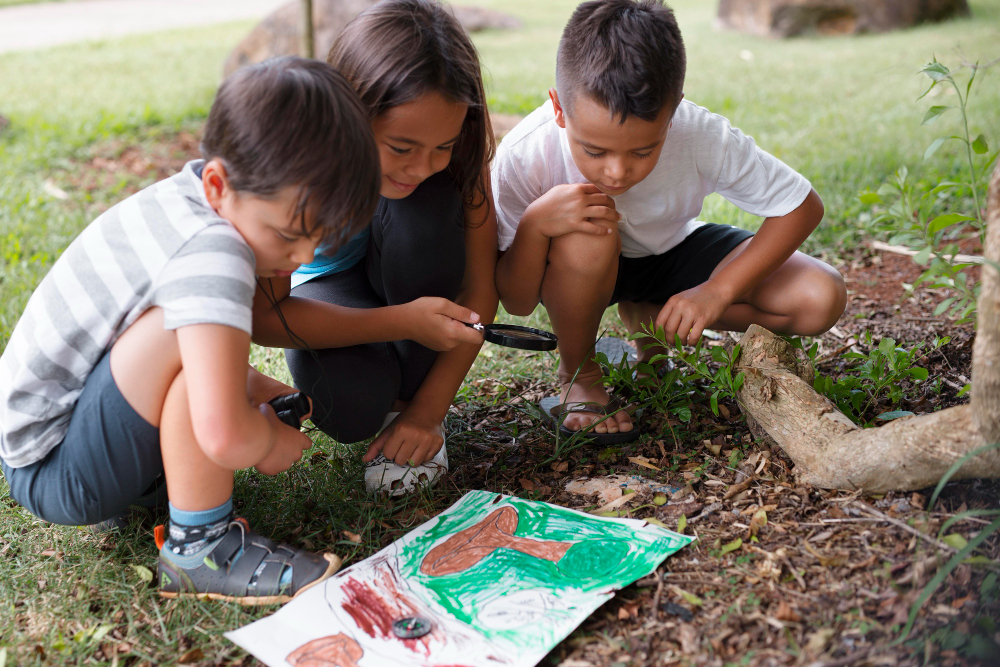A teacher’s pain, a child’s protest, and the failure of austerity in our schools.
Angela Barton’s piece Dear Admin: Let This Be the Year We Stop Rewarding Bad Behavior struck a chord.
When teachers express frustration that administrators are “rewarding bad behaviour,” they are naming something that feels viscerally unfair: a child disrupts the classroom, causes harm, or refuses instruction, and instead of facing visible consequences, they return triumphant—with gummy worms, a cartoon break, or even the dubious honour of “Student of the Week.” And yet, when we look more closely—beneath the surface of candy wrappers and outrage—what we see is not leniency, but scarcity. Not a lack of discipline, but a profound and chronic absence of care.
-
Engineered famine in public education
In British Columbia schools today, we are not facing a behaviour crisis—we are facing a famine of care. This essay weaves together personal memory, systemic critique, and deep empathy for teachers and families alike to ask why our schools are starving the very…
Teacher exhaustion is real, but so is child distress
Barton’s piece channels a raw, tired grief—one felt by teachers across the continent, teachers who hold classrooms together with little support, who weather daily dysregulation and manage harm with insufficient tools, who ask for backup only when all other strategies have failed. When those calls are met with what feels like indulgence instead of accountability, it can feel like betrayal.
However, Barton collapses an essential distinction: it treats acts of connection—watching a show, offering a snack, allowing a moment of regulation—as rewards. It assumes that these are prizes given to manipulate behaviour, rather than attempts—however imperfect—to meet a child’s nervous system with some version of warmth. In doing so, it misreads the deeper need.
Because what is “acting out” if not a child’s clearest expression that they are overwhelmed, unsupported, unseen, or craving connection? What is a meltdown if not a body’s way of saying, I can’t do this alone? The child who throws a chair is not calculating how to win candy. The child who shouts in the hallway is not scheming for cartoons. These are survival responses from children whose needs have exceeded their available capacity to cope.
-
The right amount of agony in BC schools
After watching my children endure eight years of institutional failure, eight years of exclusion disguised as discipline and support withheld under the language of inclusion, I have come to several conclusions. Certain forms of suffering—like being agonised inside—do not draw support because they…
The real betrayal is making children earn connection
The article argues that administrators should build relationships during neutral times—before school, at lunch, in the hallway—but that kindness during disciplinary moments undermines teachers and disrupts classroom climate.
But this framing reveals something chilling: that we are only permitted to offer warmth when a child is already regulated. That we are only permitted to see children clearly when they are easy to love.
This is not how healing happens. This is not how trust is built. The child who disrupts the room most frequently is the child who needs connection most desperately. To deny them that connection because they “misbehaved” is to reinforce the very belief they may already hold: that adults cannot be trusted to love them when they are struggling.
If we reserve kindness for the compliant, we teach every child that distress is shameful and that safety is conditional. We do not teach self-regulation; we teach masking. We do not build inclusion; we reward assimilation.
-
Fight flight fawn freeze: surviving school
There are children who throw chairs when cornered, children who slip quietly out the door or hide behind the portable, children who don’t speak for hours, who go limp, who answer every question with “I don’t know,” and children who nod and smile…
Punishment and reward are two sides of the same broken coin
The post centres the anger of students who follow rules but see their disruptive classmates return from the office with snacks. This anger is real, but it stems from a scarcity model—one where care is so limited that children must compete for it, where fairness is measured in rewards earned and punishments avoided.
What if, instead, we taught all children that everyone gets what they need—even if that looks different for each person?
Just a Parent
What if we stopped treating support like currency and started treating it like oxygen? What if we invited quiet children to speak their own unmet needs instead of teaching them to police their peers?
A just classroom does not eliminate support for one child in the name of fairness to others. A just classroom expands care until no child has to act out to receive it.
Teachers need support too—but weaponised discipline won’t provide it
The deepest grief in the teacher’s post is this: we are expected to carry the weight of every child’s struggle without enough help, time, training, or relief.
And this is true.
But blaming children for the failures of the system is a misdirection. Reasserting control through harsher discipline or stricter hierarchies does not solve the problem; it re-inscribes it.
What teachers need is an institutional commitment to care. We need more adults in the building. More co-regulators. More counsellors. More relational training. More shared responsibility. And we need a collective agreement that no one—child or adult—should be left to survive a school day alone in pain.
The only way forward is through care, not control
The children in this article are not gaming the system. They are revealing its cracks. They are alerting us to the emotional poverty of a model that equates discipline with deprivation. When they return from the office with juice or a cartoon, they are not being rewarded. They are being momentarily rescued from a system that constantly misunderstands them.
Rather than demanding that these moments be erased, we should demand that they be expanded. Let every child have access to safe, regulated adults when they are in distress. Let every teacher have co-regulators in the room. Let every administrator build trust in the moments that matter most—when a child is dysregulated, ashamed, or afraid they have gone too far to be loved.
Because the truth is: no one should have to earn care. And no child should be made miserable in the name of learning to behave.
Let this be the year we stop confusing punishment with justice, and start building schools where no one is too hard to help.
-
What would it really cost to fix the problem?
We talk so much about the cost of inclusion—as if it’s indulgent, optional, something that must be justified—but we rarely talk about the cost of exclusion. And those costs are everywhere: in emergency rooms, in overburdened case files, in classrooms where distress goes…











